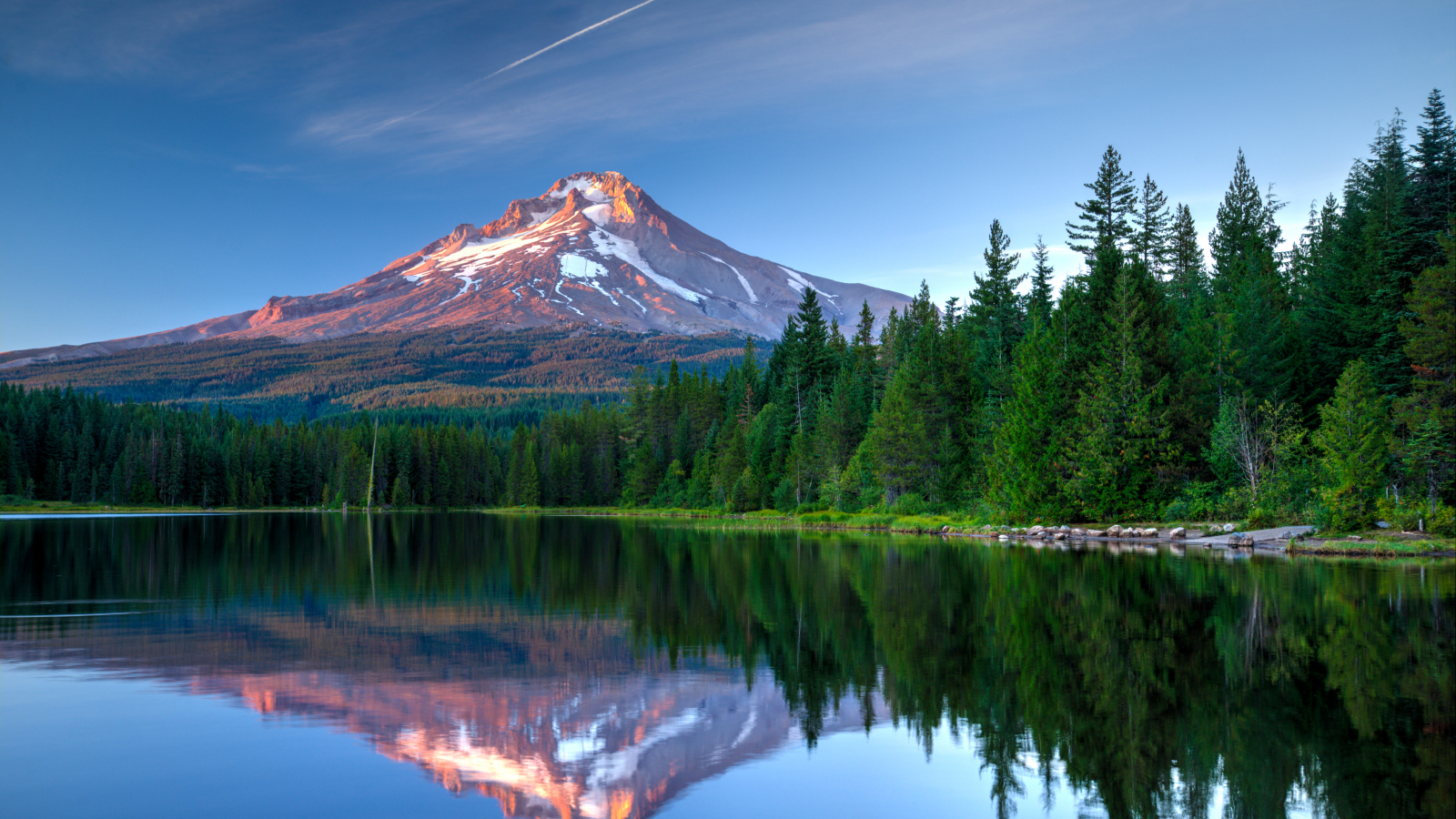Researchers in Oregon have found a massive underground water reservoir beneath the Cascades mountain range. This discovery is significant as the reservoir’s capacity is estimated to be three times larger than that of Lake Mead, which has long been known as the largest reservoir in the United States.
The team of scientists from the University of Oregon (UO), Oregon State University (OSU), the U.S. Forest Service (USFS), and other agencies identified the water body stored beneath volcanic rocks in the Central Oregon Cascades. The findings were recently published in the Proceedings of the National Academy of Sciences.
How Big Is the Reservoir?
The reservoir holds approximately 81 cubic kilometers of water. To put it in perspective, this is three times the capacity of Lake Mead, a reservoir on the Colorado River that supplies water to millions of people.
Leif Karlstrom, an earth scientist at UO and the study’s lead researcher, described the reservoir as a “continental-size lake” stored in rocks high in the mountains.
“It’s like a massive water tower sitting at the top of the Cascades,” Karlstrom said.
Why Is This Discovery Important?
This aquifer may be part of an even larger underground water system. Similar volcanic aquifers could exist north of the Columbia Gorge and near Mount Shasta. If confirmed, the Cascade Range could host the largest system of volcanic aquifers in the world.
The research also sheds light on the connection between water movement underground and volcanic activity. According to USFS geologist Gordon Grant, studying these aquifers helps scientists understand how the Cascades evolved and the risks posed by volcanic activity.
Challenges for the Future
While the discovery is promising, there is a potential downside. The size of the aquifer is heavily dependent on the snowpack in the region. Snow acts as a primary source of water for the reservoir, and researchers are concerned about future water availability due to climate change.
“If we have a series of winters with little snow or rain, what will happen to this water source?” asked Grant.
Snowpack in the Cascades is projected to decline significantly in the coming decades. This poses a challenge for water management and raises questions about the long-term sustainability of this underground water supply.
What’s Next?
The discovery opens doors to further research. Scientists are now focusing on understanding how these aquifers can be managed, especially in the face of changing weather patterns. With snowpack declines and increasing water demands, understanding these reservoirs is crucial for sustainable water use.
Disclaimer – Our team has carefully fact-checked this article to make sure it’s accurate and free from any misinformation. We’re dedicated to keeping our content honest and reliable for our readers.








